When bringing small terrarium plants from your local nursery or florist shop to grow indoors at your home, people often wonder how to save them and give them ideal growth conditions so they don’t wither away.
So, does using a terrarium solve your problem? How do you create one, and should it be sealed or unsealed?
Terrariums are chic glass vessels that can hold tiny plant worlds and be hung or placed on window sills.
So, if you are wondering about all such questions, you have come to the right place because we will answer all your questions in this post.
Knowing Terrariums in Detail
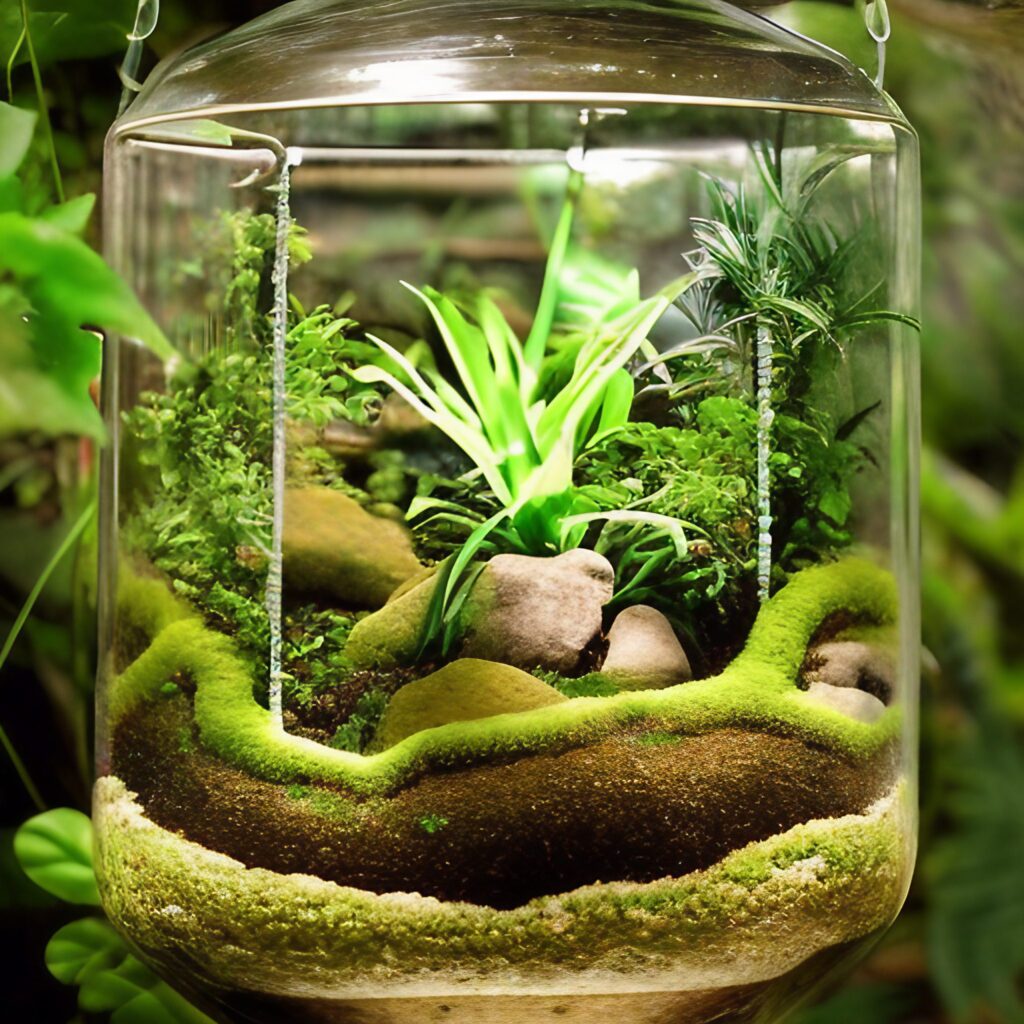
As explained, they are glass containers enclosing plants to help them thrive and display.
During the Industrial Revolution in England, pollution made it impossible for delicate plants and medicinal herbs to thrive.
In 1829, Doctor Nathaniel Bagshaw Ward accidentally discovered that ferns could grow inside a glass jar. Therefore, he concluded that the humidity inside the glass jar led to the growth of the ferns.
The Wardian Case became the predecessor of modern terrariums, which come in two varieties: open terrariums and closed terrariums.
Difference: Sealed and Unsealed Terrariums
Open Terrariums have an open end, providing sufficient air circulation and lower humidity levels.
They are not airtight structures and lack a removable top cover.
They are more like contained spaces for plants that need to grow together and are, hence, perfect for succulents and cacti.
Unsealed terrariums are potted plants that can be kept for aesthetic purposes and decorated according to individual preference, such as with gnomes, figurines, or crystals.
Open terrariums are not for keeping some insects or animals.
Enclosed Terrariums, on the other hand, are airtight sealed containers with removable lids.
They are meant to provide humidity to the tiny ecosystem they are housing. The moisture evaporating from the plants condenses and then trickles back to the soil.
It is advisable never to seal enclosed terrariums airtight to allow the plants to breathe. Enclosed terrariums best suit plants like ferns, mosses, and orchids.
Sealed terrariums do not exchange matter with the outside environment except energy in heat and light.
They are a perfect self-sustaining ecosystem with soil, air, water, rocks, minerals, plants, and bugs.
Pros and Cons: Sealed and Unsealed Terrariums
Here are the benefits and drawbacks of both sealed and unsealed terrariums.
Sealed Terrariums
|
Pros |
Cons |
|
Requires no maintenance |
One needs to ensure that the jar isn’t too airtight. |
|
One doesn’t need to bother about escaping flora and fauna. |
Unsealed Terrariums
|
Pros |
Cons |
|
Aesthetically pleasing |
Requires maintenance |
|
Sustains longer |
Not completely self-sustaining |
|
Easy to address any changes in the system |
What Do You Need to Make a Terrarium?
You’ll need to gather the following first to make a terrarium:
- Activated charcoal to prevent stagnation of water and fungal growth.
- Good quality soil.
- Pebbles are 1 cm in size to promote drainage.
- Pincushion, sphagnum, or sheet moss or gravel for dressing.
- Other natural objects found around gardens.
Tips for Terrarium Potting
Below are some potting tips and tricks if you are a first-timer with terrarium plant growing.
- Select some growing plants that don’t require frequent pruning.
- Take a glass container that is cylindrical in structure and is clean.
- Add about half an inch of gravel, pebbles, or lava rock at the bottom to create a proper drainage system for the excess water.
- Remember to choose plants that need the same kind of environment for growth. For example, don’t mix succulents with moss. Rather, mix succulents with cacti and moss with ferns.
- Now add the potting mix above the gravel layer and press it down to remove any pockets of air.
- Next, pot your plants carefully inside.
- Brush off the excess soil from the sides of the container and leaves.
- Now, place the newly created miniature ecosystem somewhere where the spot receives abundant sunlight.
- Open terrariums need to be placed in bright, direct, or indirect spots, such as on a windowsill. Plants in unsealed terrariums prefer dry and bright conditions to thrive, while plants in sealed terrariums need high humidity and moderate light.
- You could water the plants’ base so they can reach the roots effectively.
- Never overwater the terrarium, especially an enclosed one, as there are no drainage holes.
- Remove the lid of a sealed terrarium every 1-2 weeks to allow the plants to breathe for at least 24 hours.
- Rotate the terrarium once every two weeks to ensure all plants get equal sunlight.
Conclusion
So, after learning about the differences, merits, and demerits of sealed and unsealed terrariums, you can decide for yourself which category you prefer and whether terrariums need to be sealed.
Though there is no hard and fast rule regarding sealing terrariums, it is often beneficial if you are seeking to create a self-sustained ecosystem that thrives without requiring much maintenance.
Sealed terrariums are also suited for plants that need constant humidity to succeed, such as ferns and mosses.
On the other hand, if you need to create a terrarium for succulents, you could use an open structure.





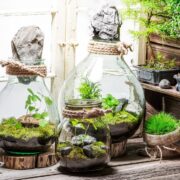
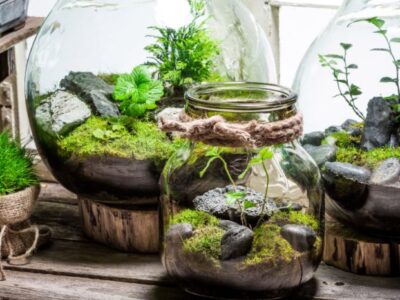

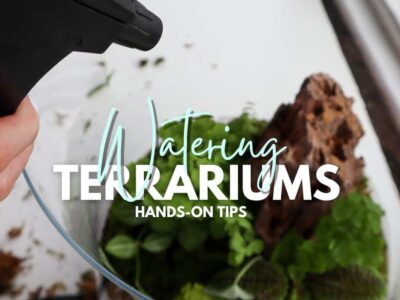
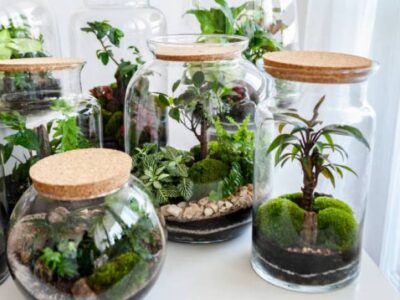
Comments